The Most Underrated Spices You Need in Your Kitchen
Salt, pepper, and cinnamon may dominate your spice rack—but the real magic often lies in the shadows. Across kitchens and continents, underrated spices have been quietly transforming meals, adding depth, warmth, and unforgettable character to dishes that might otherwise fall flat. These unsung heroes don’t shout—they whisper complexity, coax flavor, and surprise even the most seasoned palates. Whether it's a pinch of amchur that brightens a stew or a sprinkle of grains of paradise that adds heat with finesse, the right spice can change everything. In this expanded list of the 22 Most Underrated Spices You Need in Your Kitchen, we’re inviting you to push past the predictable and explore a new flavor frontier. From ancient blends to obscure seeds, each entry offers a delicious opportunity to elevate your everyday cooking. Ready to turn your pantry into a playground? Let’s get started.
1. Asafoetida: The Secret Ingredient of Indian Cuisine
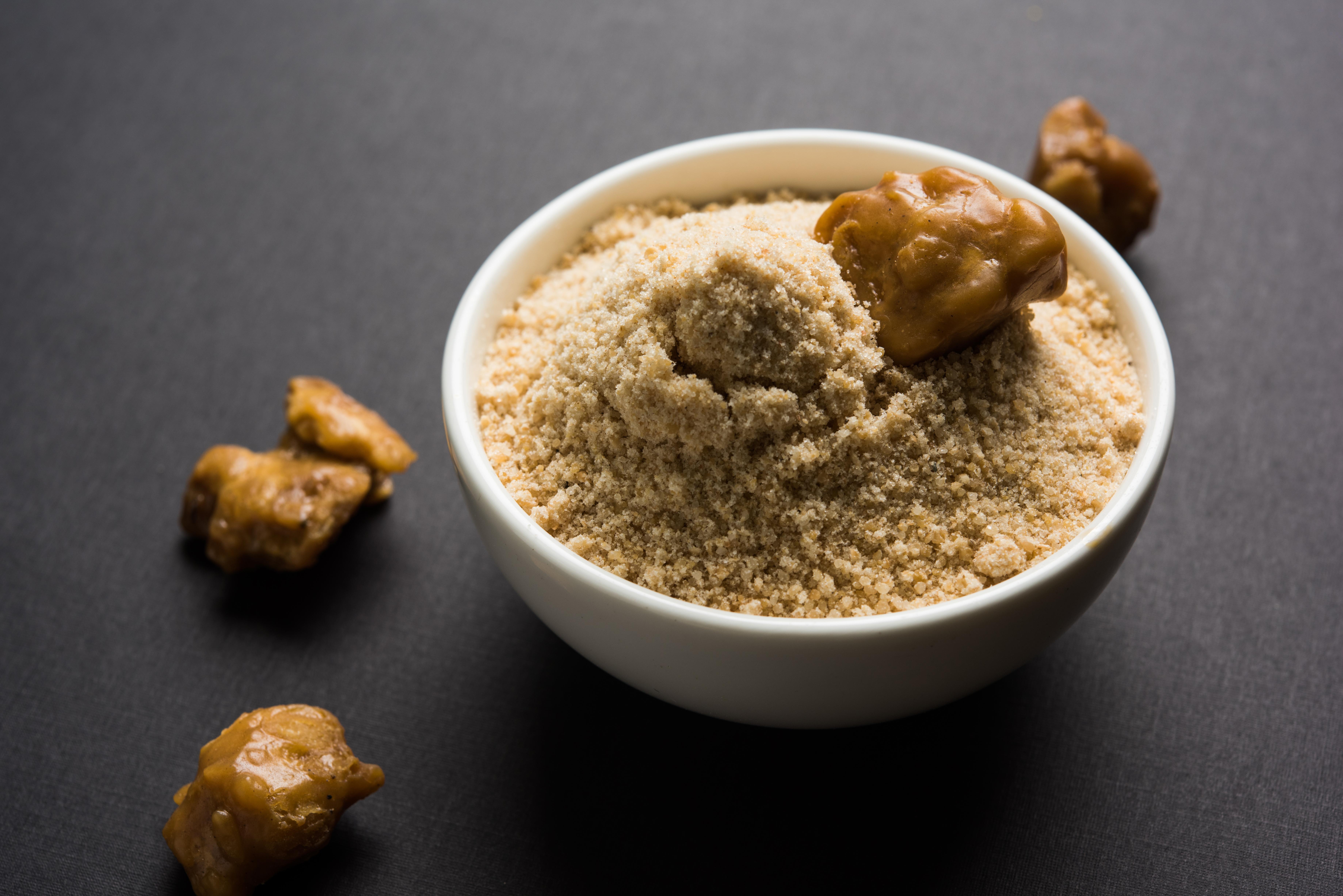
Asafoetida, often referred to as "hing," is a staple in Indian cooking, yet it remains largely underutilized outside of its native cuisine. Known for its pungent aroma, which mellows into a delightful onion-garlic flavor when cooked, asafoetida can transform vegetarian dishes by adding depth and umami. It's particularly effective in lentil-based dishes like dals and can even enhance the flavor of soups and stews. Beyond its taste, asafoetida boasts digestive benefits, making it a valuable addition to any diet. By incorporating this spice, cooks can achieve a richness in their dishes that is both unique and satisfying, bridging the gap between familiar flavors and exotic tastes.
2. Sumac: A Burst of Citrus Without the Juice
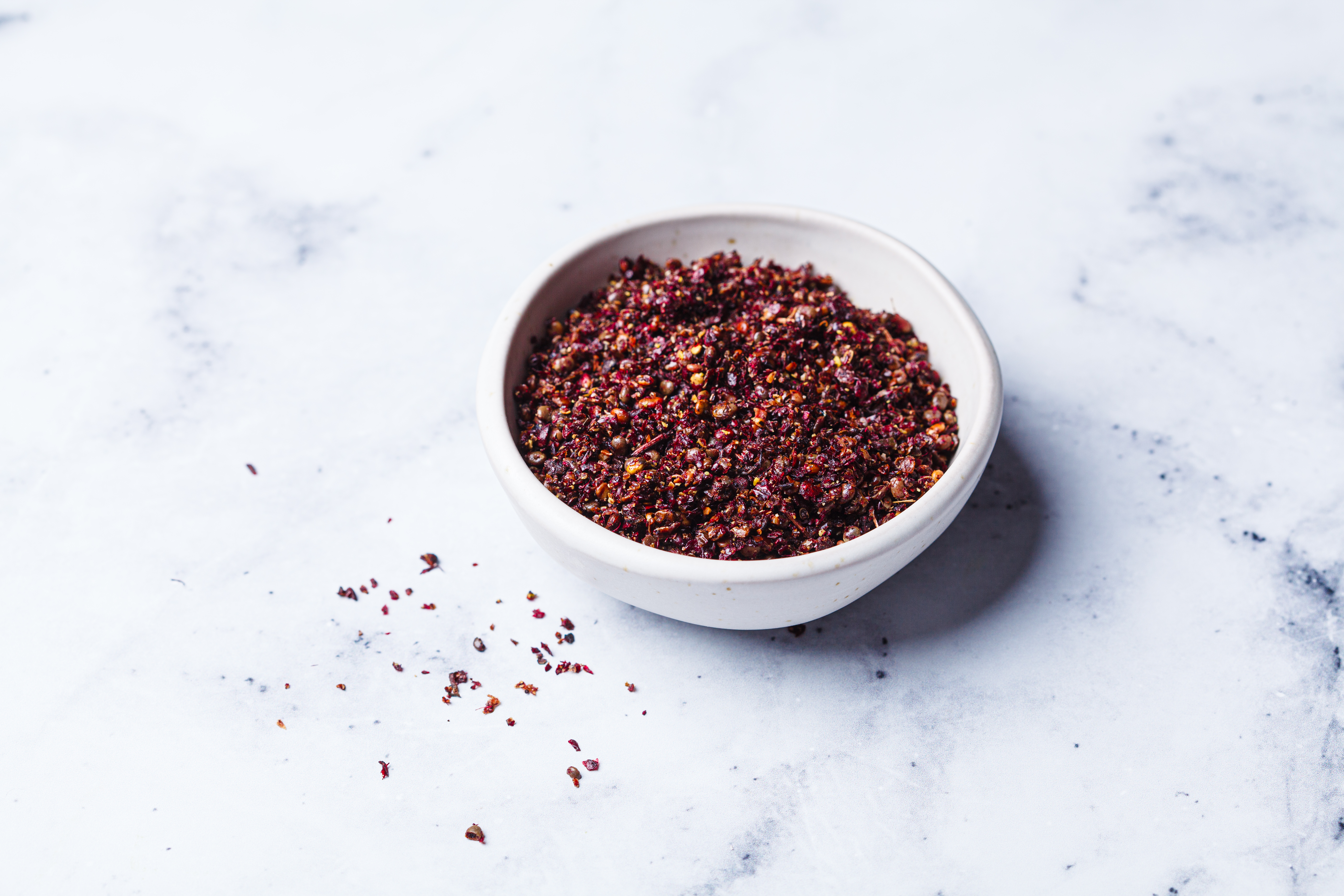
Sumac is a vibrant, crimson spice that offers a tangy, lemony flavor without the acidity of citrus. Predominantly used in Middle Eastern cuisine, sumac is a versatile spice that can be sprinkled over salads, meats, and even desserts to provide a refreshing zest. Its antioxidant properties also make it a healthy addition to meals. Sumac's ability to brighten flavors makes it an excellent substitute for lemon juice, especially in dry rubs and marinades where liquid might be undesirable. By understanding its application, cooks can introduce a new dimension of flavor that enhances the natural taste of ingredients, turning simple dishes into complex, tantalizing creations.
3. Fenugreek: The Sweet and Savory Balance
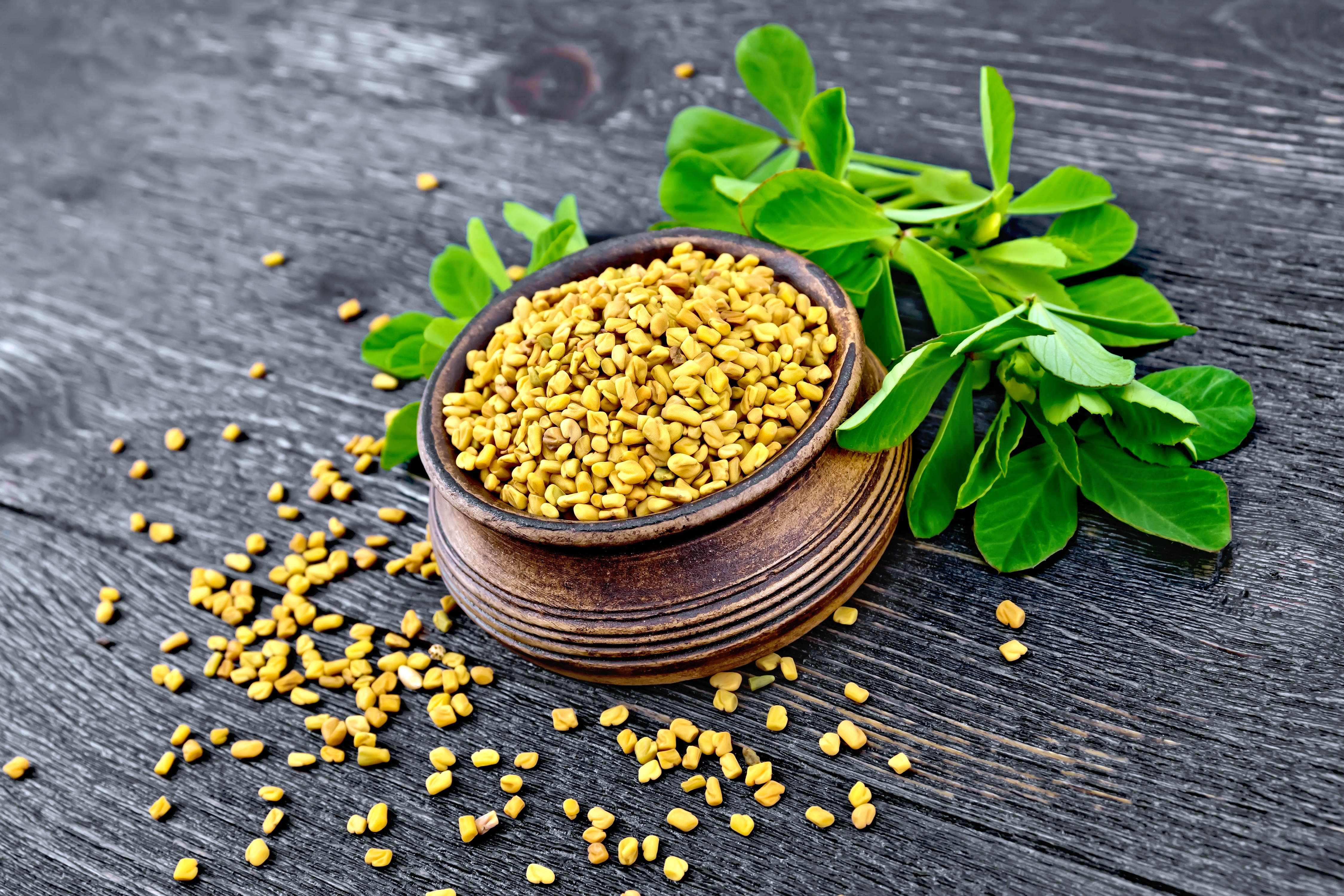
Fenugreek is a spice that offers a unique blend of sweet and savory notes, often described as a cross between maple syrup and celery. Used extensively in Indian and Ethiopian cooking, fenugreek seeds and leaves can be used to enhance curries, chutneys, and bread. Its complex flavor profile makes it an excellent addition to spice blends like garam masala and berbere. Fenugreek is also known for its health benefits, including its ability to lower blood sugar levels. By incorporating fenugreek into their cooking, chefs can achieve a harmonious balance of flavors that surprise and delight the palate, transforming everyday meals into culinary delights.
4. Ajwain: The Digestive Powerhouse
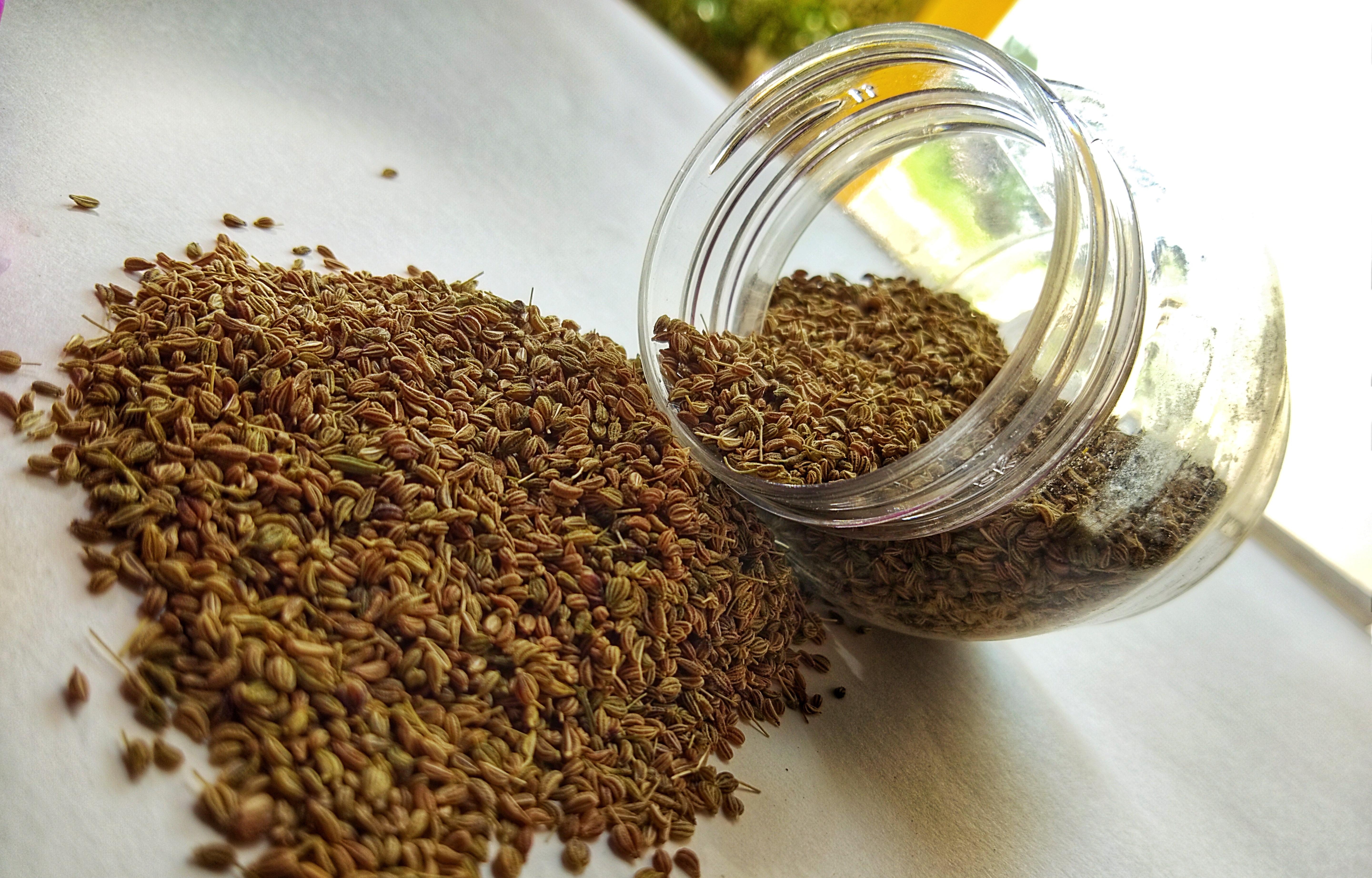
Ajwain, also known as carom seeds, is a spice that packs a punch with its thyme-like flavor and aromatic intensity. Predominantly used in Indian and Middle Eastern cuisines, ajwain is often added to bread, pastries, and savory snacks. Its strong flavor can enhance the taste of legumes and vegetables, making it a versatile addition to many dishes. Ajwain is also revered for its digestive properties, often used in traditional medicine to alleviate stomach discomfort. By experimenting with ajwain, cooks can add a bold, distinctive flavor to their dishes while also reaping its health benefits, creating meals that are both flavorful and nourishing.
5. Grains of Paradise: The Pepper Alternative
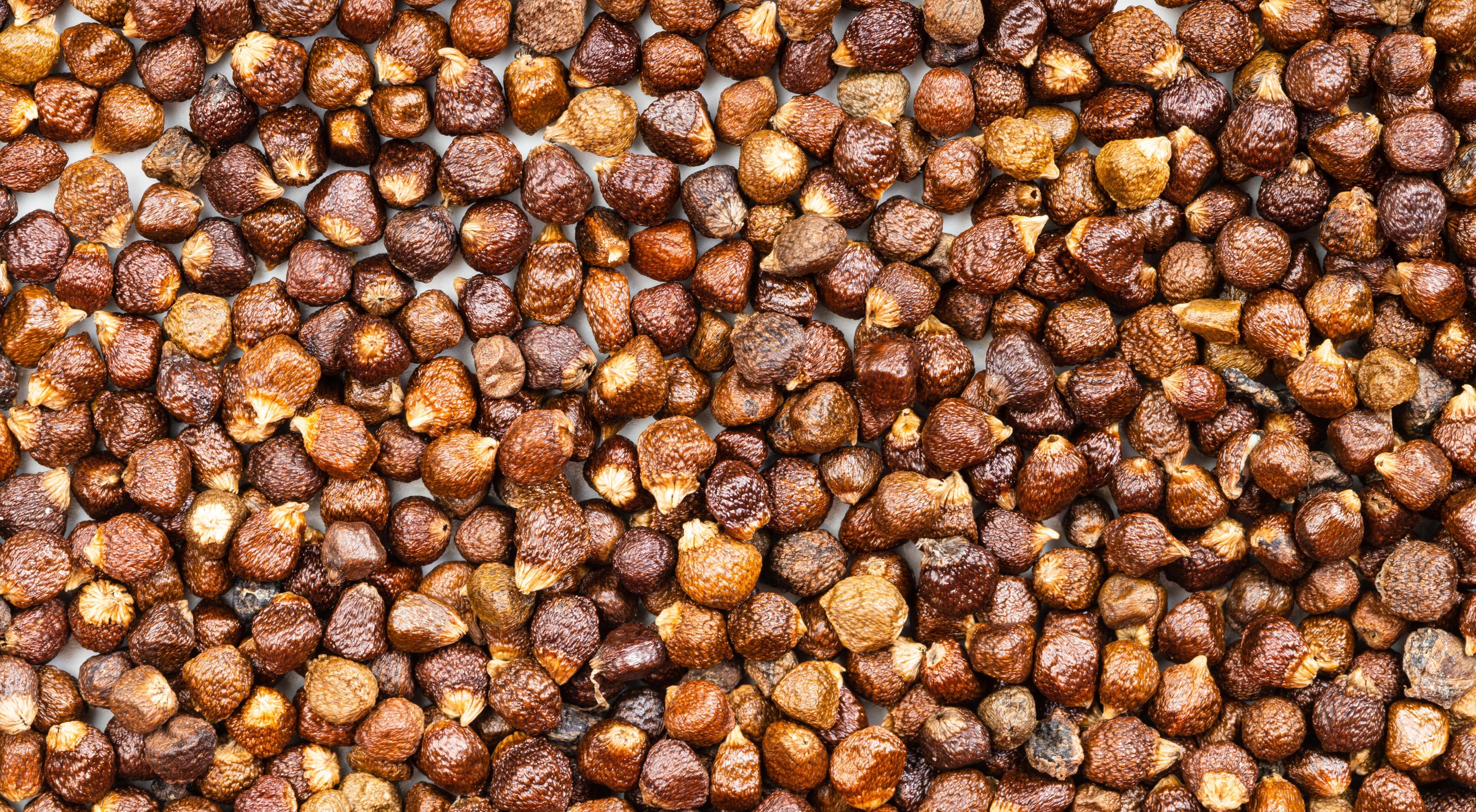
Grains of Paradise, a spice that hails from West Africa, offers a peppery heat with hints of citrus and cardamom. Often used as a substitute for black pepper, it can enhance the flavor of meats, stews, and even beverages. Its unique flavor profile makes it a popular choice for seasoning roasted vegetables and adding complexity to spice blends. Grains of Paradise also possess anti-inflammatory properties, making them a healthy alternative to traditional pepper. By incorporating this spice, cooks can introduce a subtle heat and exotic flavor to their dishes, elevating them from the ordinary to the extraordinary.
6. Urfa Biber: The Smoky Chili Pepper

Urfa Biber, a Turkish chili pepper, is known for its deep, smoky flavor and mild heat. Unlike traditional chili peppers, Urfa Biber undergoes a unique drying process that enhances its complexity and imparts a rich, raisin-like flavor. This spice is perfect for adding depth to meat dishes, stews, and even chocolate desserts. Its versatility makes it a favorite among chefs looking to add a touch of smokiness without overwhelming heat. By experimenting with Urfa Biber, cooks can create dishes that are both comforting and intriguing, offering a new perspective on the use of chili peppers in cooking.
7. Nigella Seeds: The Black Seed of Flavor
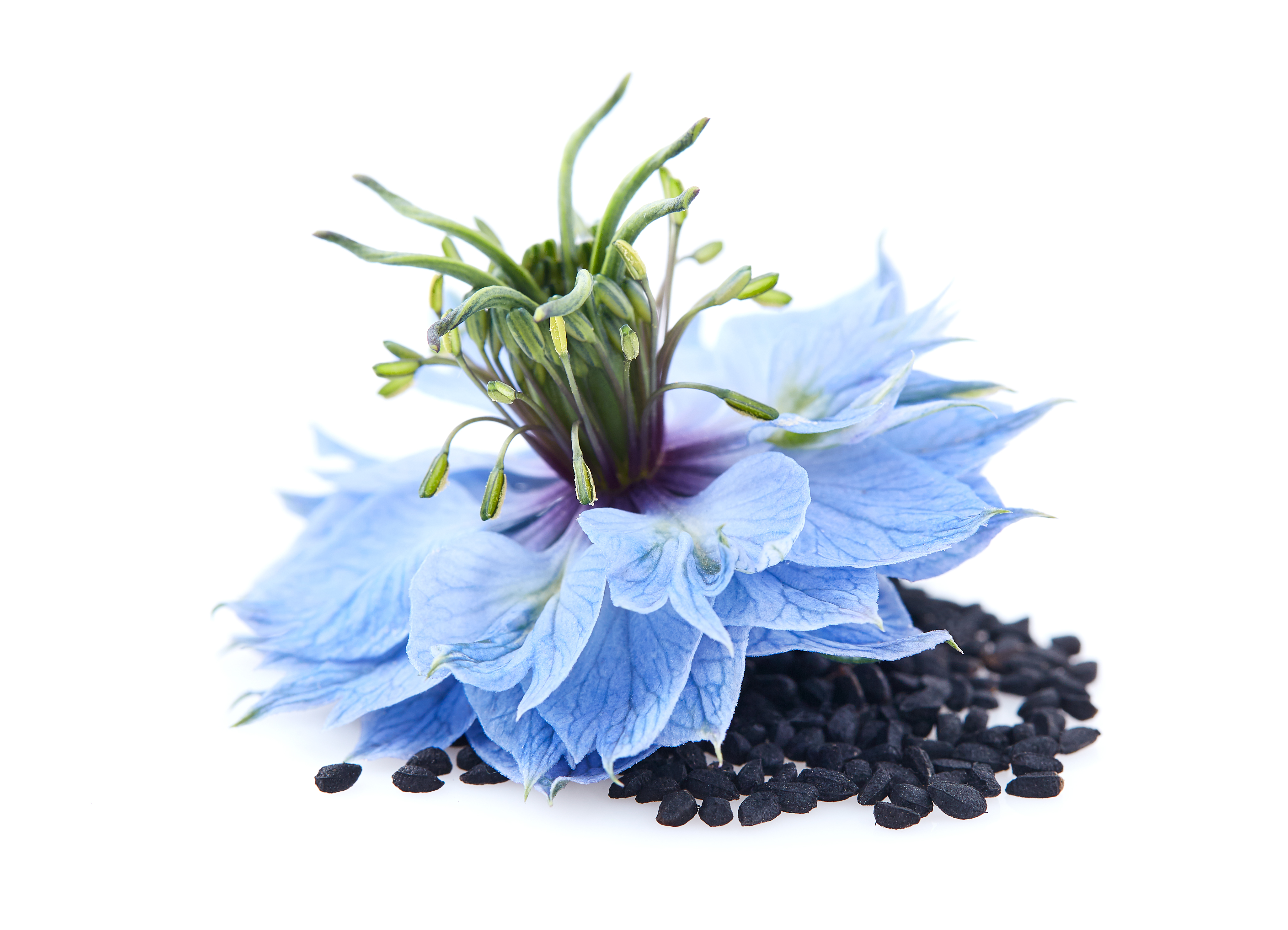
Nigella seeds, also known as black cumin, are small, black seeds with a flavor reminiscent of onion, black pepper, and oregano. Commonly used in Middle Eastern and Indian cuisines, these seeds can be sprinkled over bread, incorporated into spice blends, or used to season vegetables and meats. Nigella seeds are also known for their health benefits, including their antioxidant and anti-inflammatory properties. By incorporating nigella seeds into their cooking, chefs can add a subtle, aromatic flavor to their dishes, enhancing the overall taste and texture while also promoting health and wellness.
8. Amchur: The Tangy Mango Powder
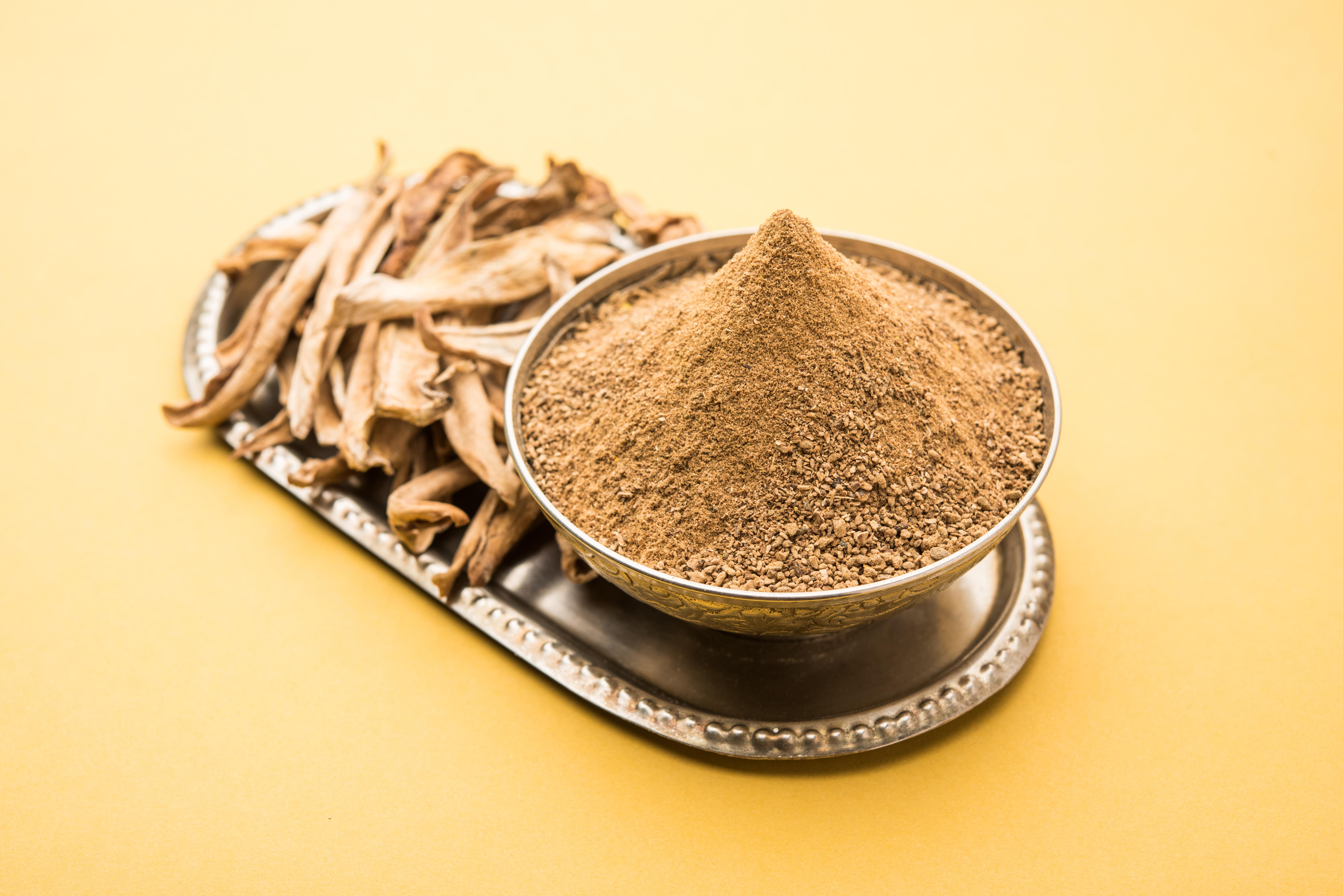
Amchur, or dried mango powder, is a spice that offers a tart, fruity flavor, perfect for adding a burst of tanginess to dishes. Predominantly used in Indian cuisine, amchoor is an excellent substitute for lime or lemon juice in dry dishes where liquid is not desired. Its ability to enhance the flavor of curries, chutneys, and marinades makes it a versatile addition to any spice rack. Amchoor also contains vitamins and antioxidants, contributing to its health benefits. By incorporating amchoor into their cooking, chefs can achieve a balance of sweet and sour flavors, transforming simple dishes into vibrant culinary experiences.
9. Szechuan Peppercorns: The Numbing Spice
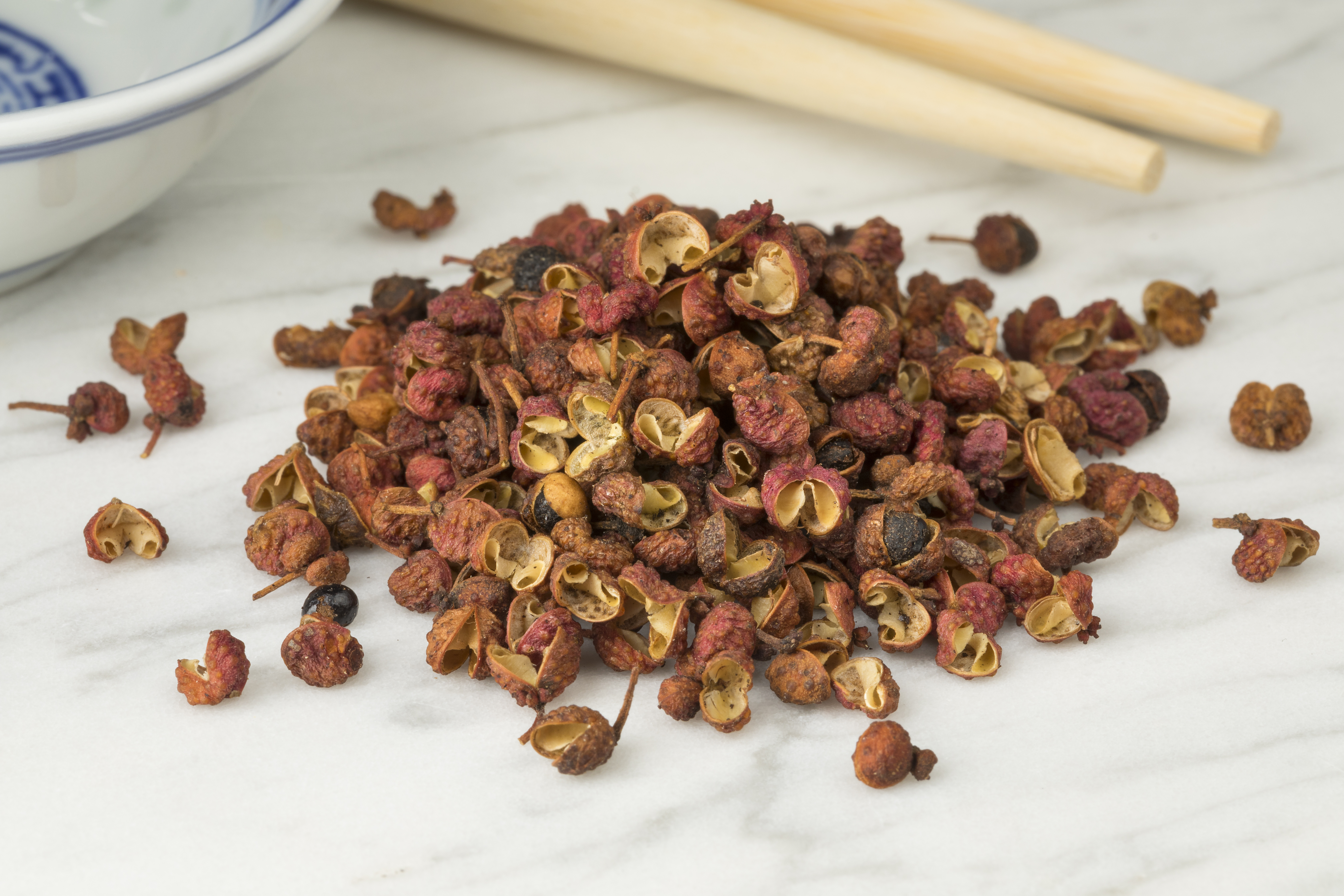
Szechuan peppercorns are a unique spice known for their numbing effect on the palate, accompanied by a citrusy, floral flavor. Predominantly used in Chinese cuisine, these peppercorns are essential in creating the characteristic "mala" flavor found in Szechuan dishes. Their ability to enhance the flavor of meats, vegetables, and sauces makes them a versatile addition to any kitchen. Szechuan peppercorns also possess digestive benefits, making them a healthy choice for seasoning dishes. By experimenting with Szechuan peppercorns, cooks can introduce a bold, distinctive flavor to their dishes, creating meals that are both exciting and memorable.
10. Annatto: The Colorful Spice
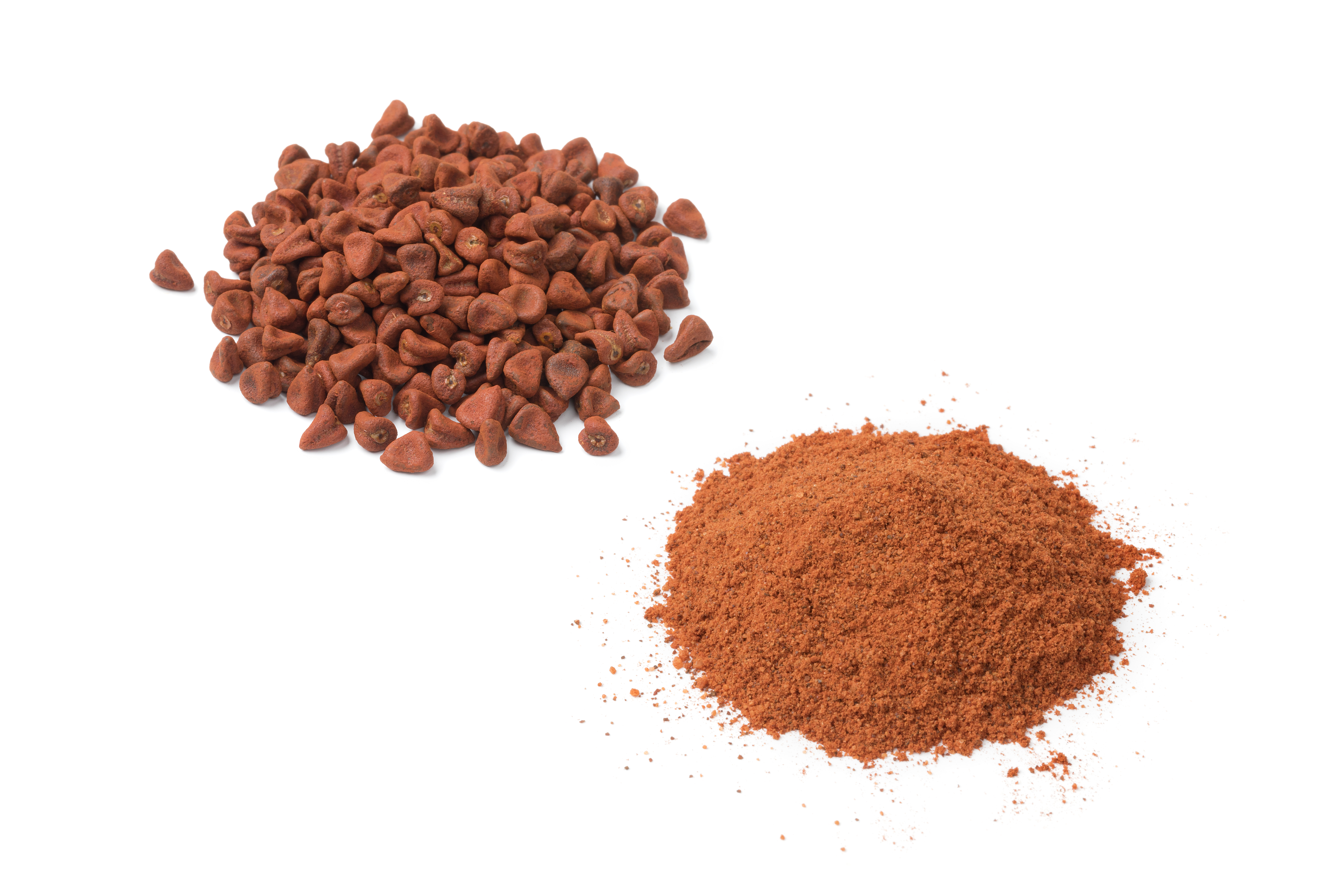
Annatto, derived from the seeds of the achiote tree, is a spice known for its vibrant color and mild, earthy flavor. Used extensively in Latin American and Caribbean cuisines, annatto is often used to add color to rice, stews, and sauces. Its subtle flavor makes it a versatile addition to many dishes, enhancing the visual appeal without overpowering the taste. Annatto is also rich in antioxidants, contributing to its health benefits. By incorporating annatto into their cooking, chefs can create visually stunning dishes that are both flavorful and nutritious, transforming ordinary meals into culinary masterpieces.
11. Mace: The Sweet Spice
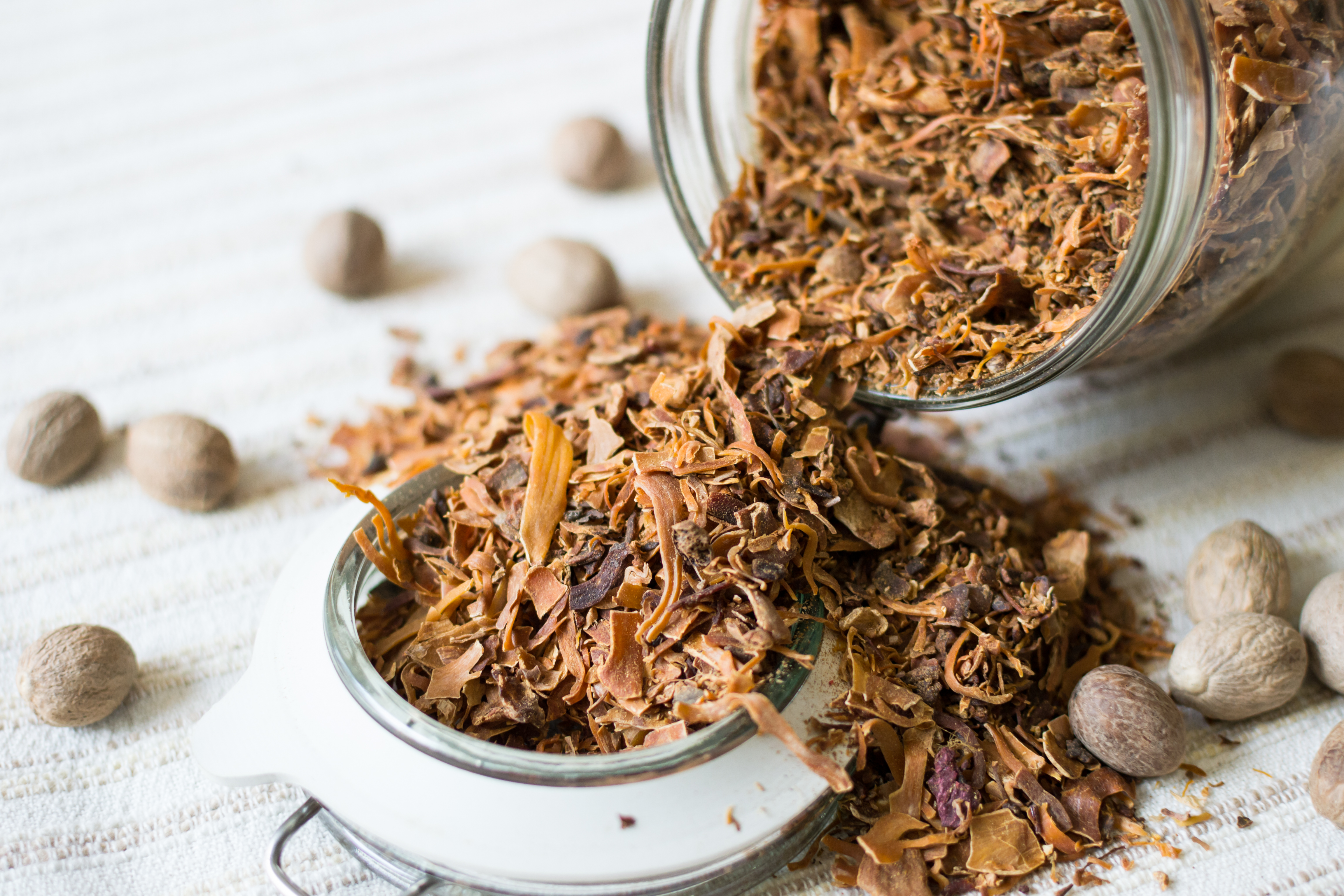
Mace is the outer covering of the nutmeg seed, offering a flavor that is both sweet and spicy, with hints of cinnamon and pepper. Often used in baking, mace can also enhance the flavor of savory dishes like soups, sauces, and meats. Its warm, aromatic flavor makes it a versatile addition to spice blends and desserts. Mace is also known for its digestive benefits, making it a healthy choice for seasoning dishes. By experimenting with mace, cooks can add a touch of warmth and complexity to their dishes, creating meals that are both comforting and intriguing.
12. Epazote: The Herbaceous Wonder
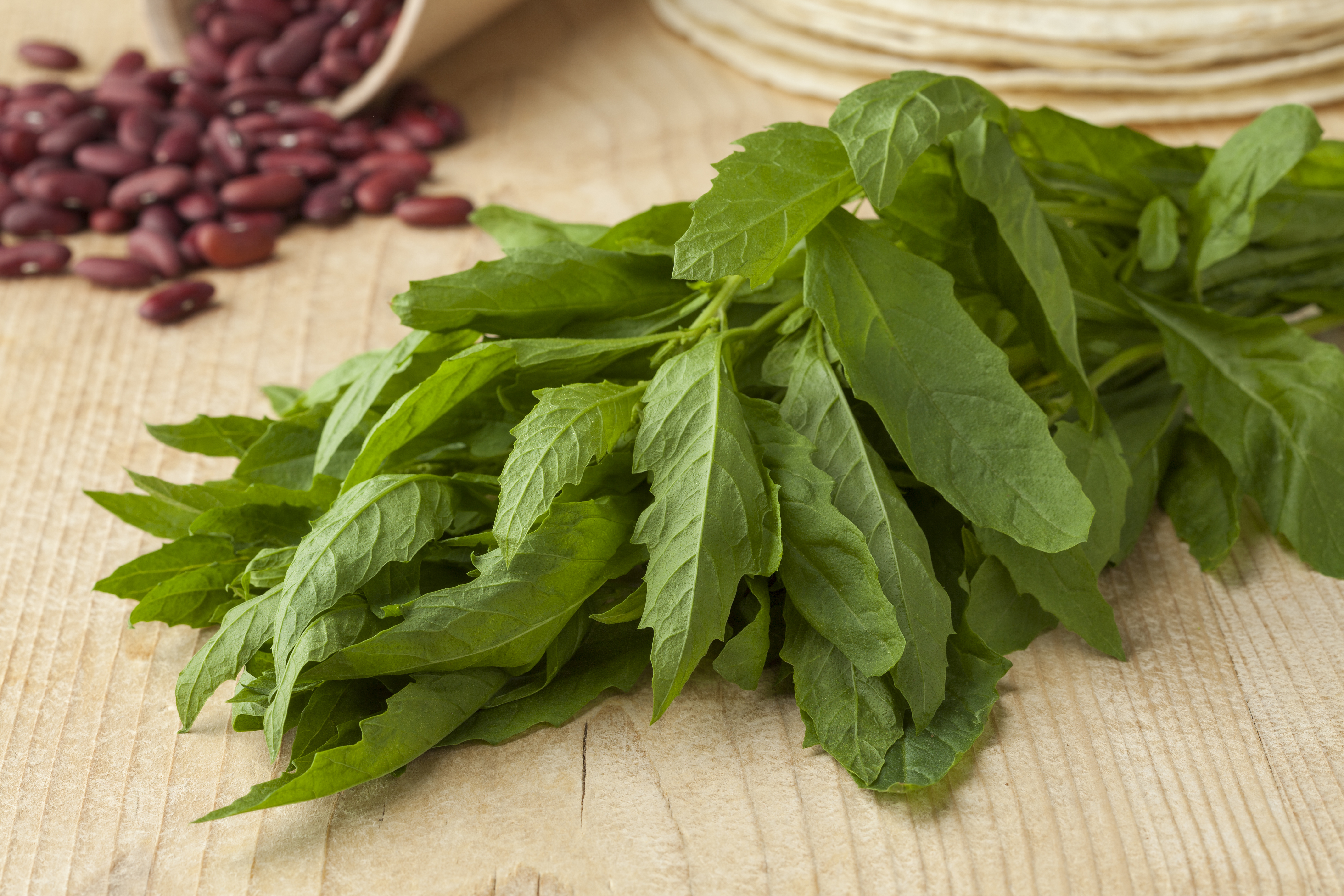
Epazote is a herb used predominantly in Mexican cuisine, known for its distinctive, pungent flavor that is often compared to oregano and anise. Used to season beans, soups, and stews, epazote is also believed to reduce the gaseous effects of beans, making it a popular choice for traditional Mexican dishes. Its unique flavor profile makes it a versatile addition to many dishes, enhancing the overall taste and aroma. By incorporating epazote into their cooking, chefs can introduce a new dimension of flavor to their dishes, creating meals that are both flavorful and healthful.
13. Kala Jeera: The Aromatic Twin of Cumin
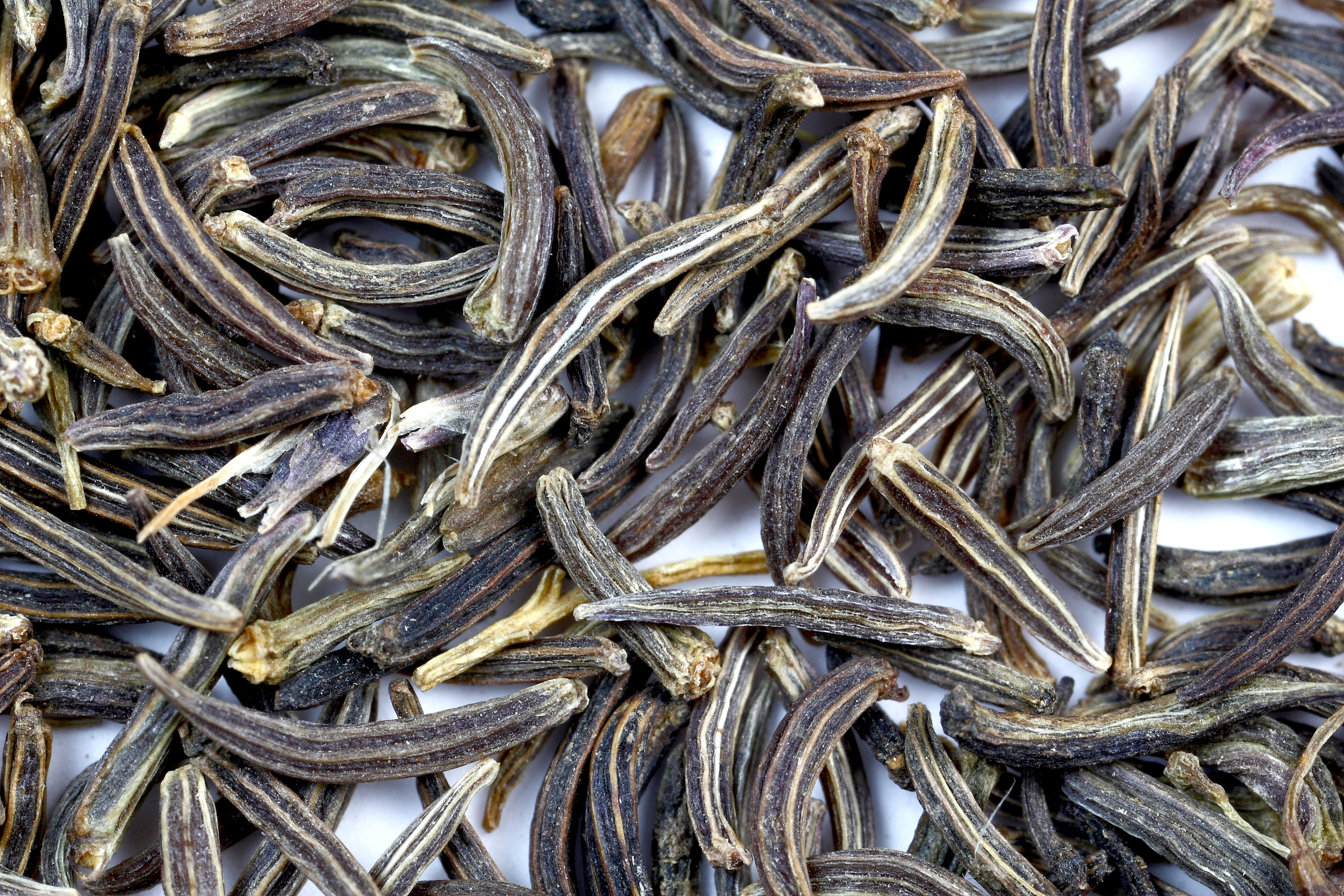
Often mistaken for regular cumin, kala jeera (or black cumin) has a subtler, sweeter flavor and a slightly earthy aroma that deepens as it cooks. Common in Northern Indian and Persian cuisines, it’s used in rice dishes like biryanis, as well as slow-cooked meats and stews. Kala jeera’s delicate profile means it enhances rather than overpowers, making it ideal for nuanced dishes. Rich in antioxidants and known for aiding digestion, this spice deserves a spot in your pantry. Toast it lightly before use to unlock its full aromatic potential and add complexity to any savory dish.
14. Mahlab: The Cherry Pit Secret
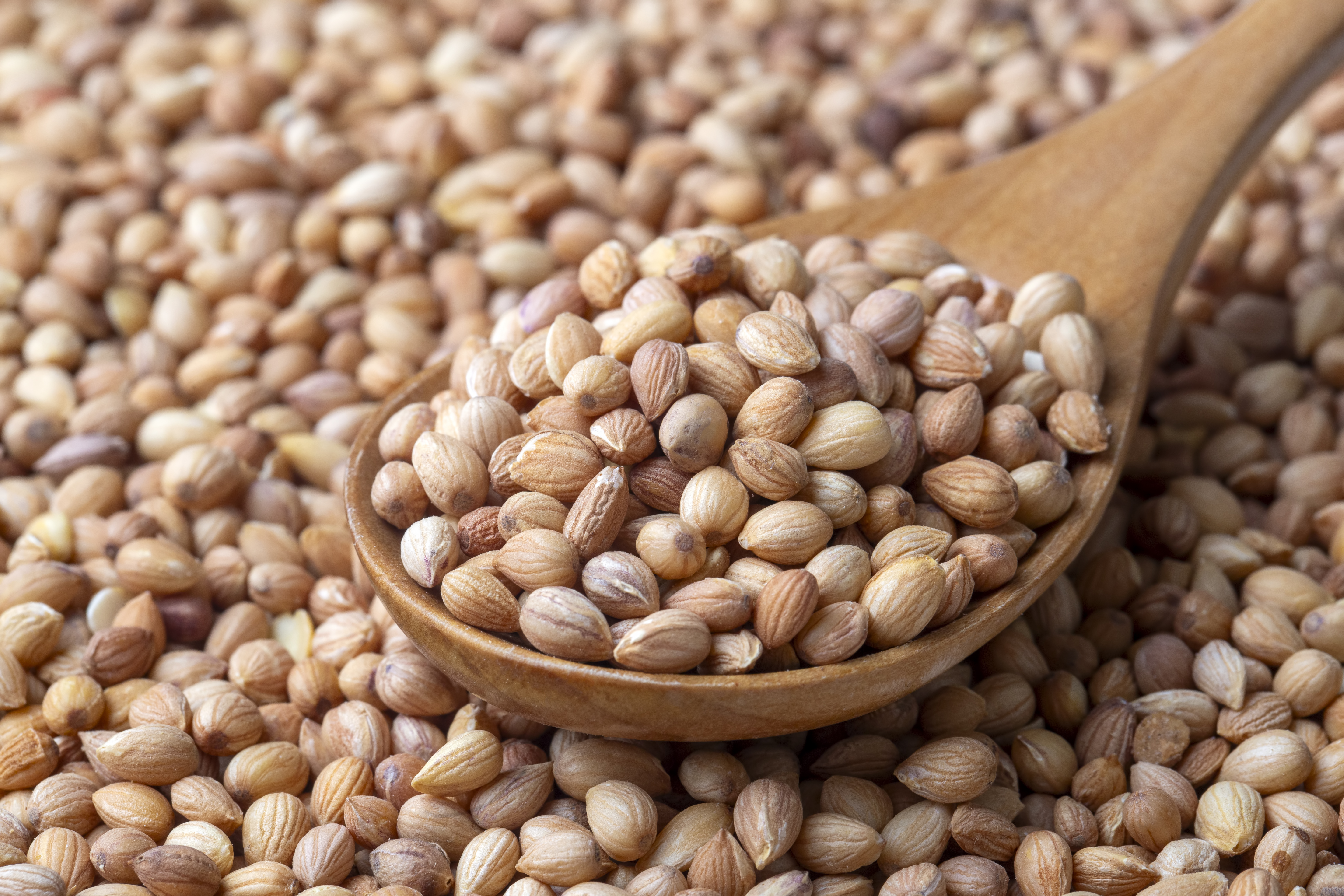
Mahlab is made from the ground seed kernel of the St. Lucie cherry and offers a flavor that's hard to pin down—somewhere between almond, cherry, and rose. Popular in Middle Eastern and Mediterranean baking, it’s often used in breads, pastries, and cookies to add a floral nuttiness. Just a small amount transforms dough into something rich and deeply aromatic. Because of its intensity, it's best used sparingly. Mahlab isn’t widely known outside its region, but one pinch will show you why it’s treasured. Incorporate it into sweet doughs or even ice cream bases for an unexpected twist.
15. Long Pepper: The Ancient Heat
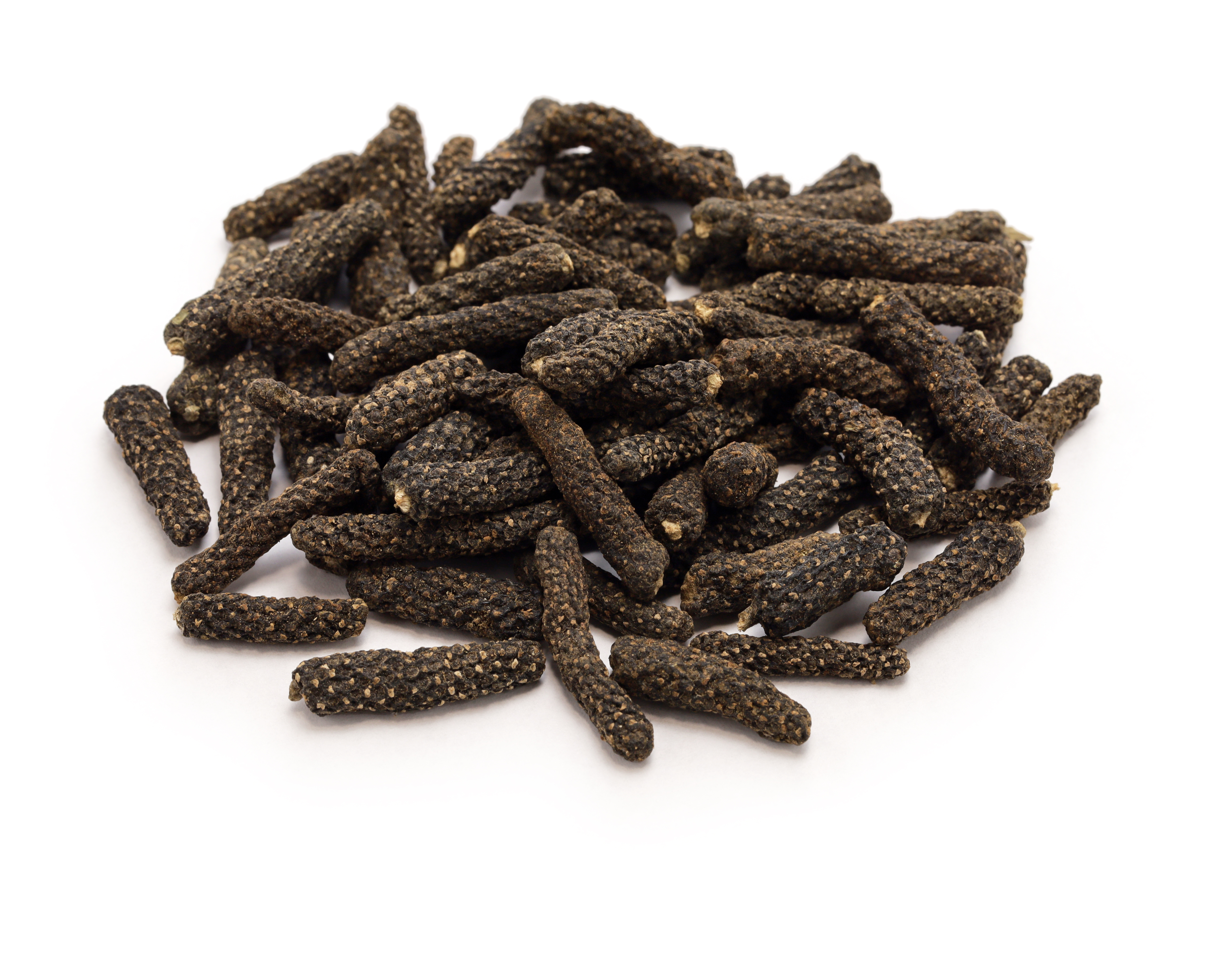
Used in ancient Roman and Ayurvedic traditions long before black pepper took over, long pepper offers a similar heat with added complexity—spicy, sweet, and a little smoky. Its unique structure (long and bumpy) hides layers of flavor that evolve on the tongue. It pairs beautifully with rich meats, stews, and even chocolate. Unlike black pepper’s sharp bite, long pepper warms gradually, making it perfect for slow-cooked dishes. Grate or crush it before using. Rediscovering long pepper means tapping into a forgotten chapter of culinary history—one that can reframe the way you think about everyday seasoning.
16. Black Cardamom: Smoky and Bold
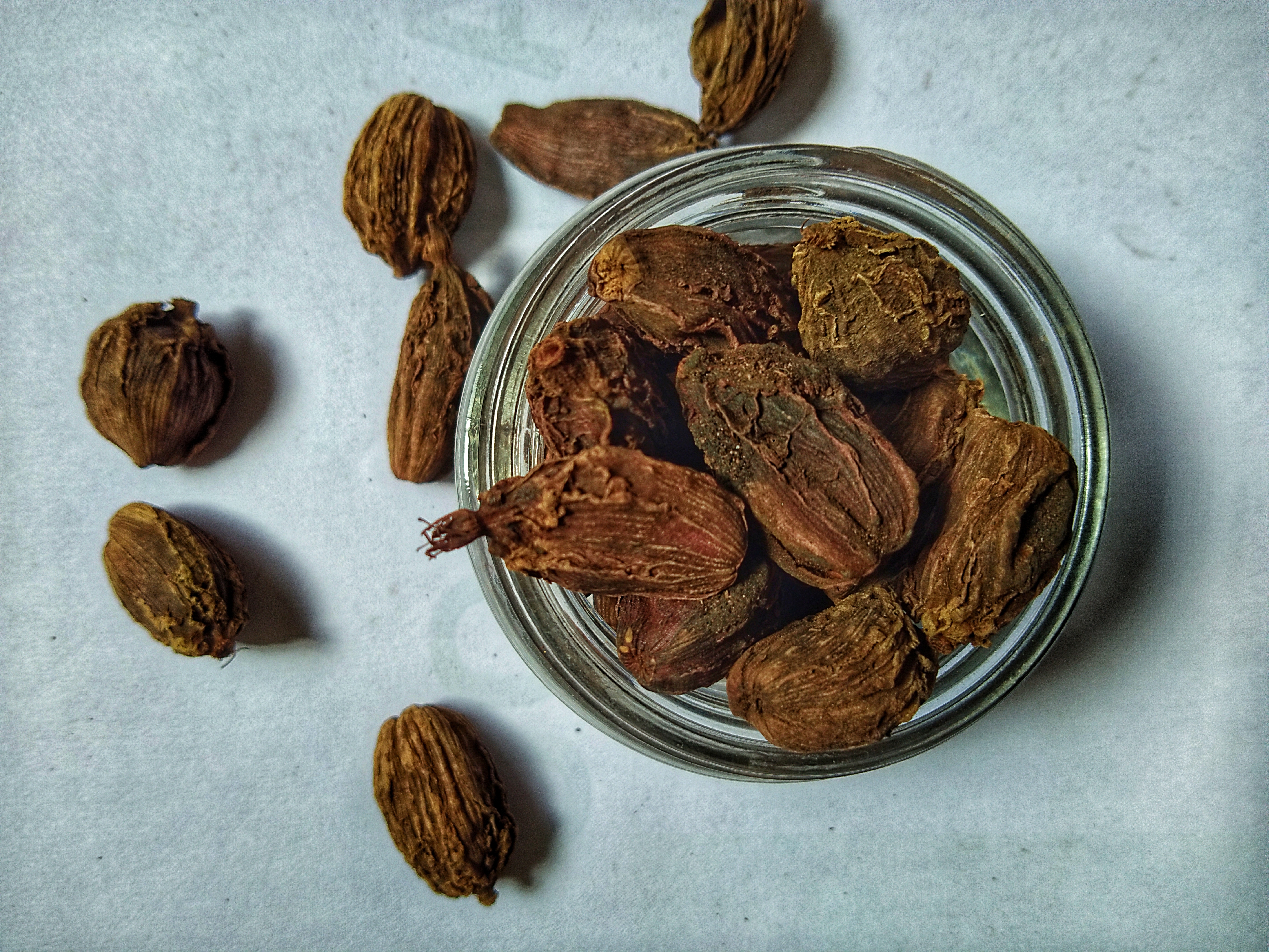
While green cardamom is prized for its sweet, floral aroma, black cardamom plays an entirely different game. Smoky, camphor-like, and bold, it’s a staple in Indian and Himalayan savory dishes. Whole pods are typically added to slow-cooked dishes like biryani, curries, or braised meats, infusing them with deep, earthy notes. Black cardamom is especially valuable in plant-based cooking, where it mimics the umami and body of smoked meats. It’s not a spice for the faint-hearted—but in the right hands, it can transform a dish from pleasant to unforgettable.
17. Dried Lime: Citrus, Reimagined

Dried limes—also known as loomi—are sun-dried, fermented limes used extensively in Persian and Iraqi cuisine. They impart an intense, tangy depth that’s equal parts citrus and umami. Cracked open and simmered in stews or soups, they infuse dishes with a haunting brightness that fresh lime can’t match. Their distinctive flavor elevates rice, legumes, and slow-cooked meats. You can also grind them into a powder for dry rubs or marinades. Once you try dried lime in your cooking, you’ll understand why this hidden gem is considered essential across the Middle East.
18. White Pepper: The Subtle Heat
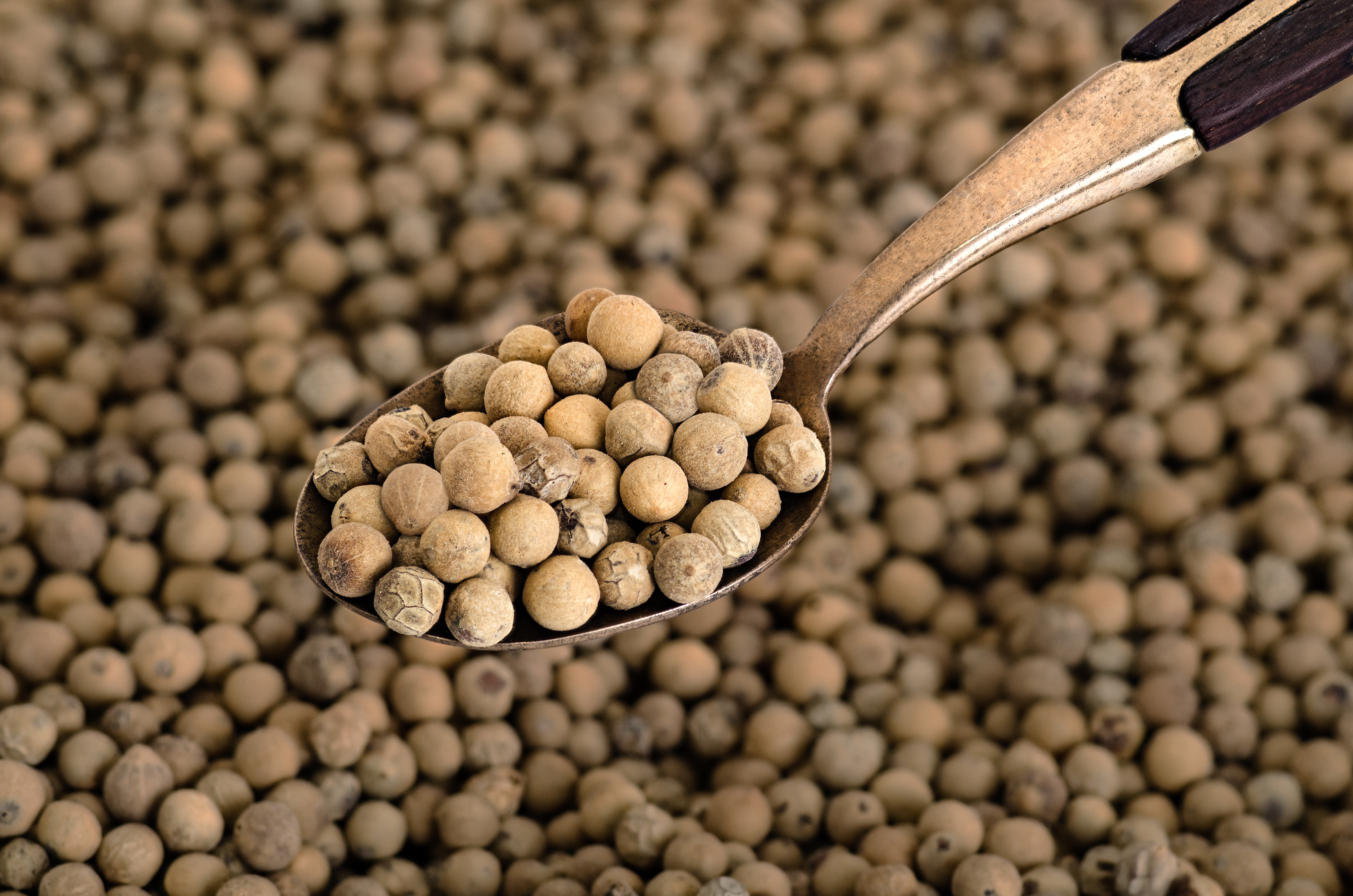
Often relegated to European cream sauces and Chinese stir-fries, white pepper deserves broader recognition. Milder and earthier than black pepper, it offers a refined heat without the bite. It’s ideal in light-colored dishes like mashed potatoes, soups, or béchamel where black flecks would be visually distracting. But beyond aesthetics, white pepper has a flavor all its own—slightly fermented, musky, and warm. It can deepen the flavor profile of eggs, vegetables, and fish without overpowering them. Treat it as its own spice, not a substitute, and it’ll reward you with understated elegance.
19. Pink Peppercorns: The Sweet Floral Kick
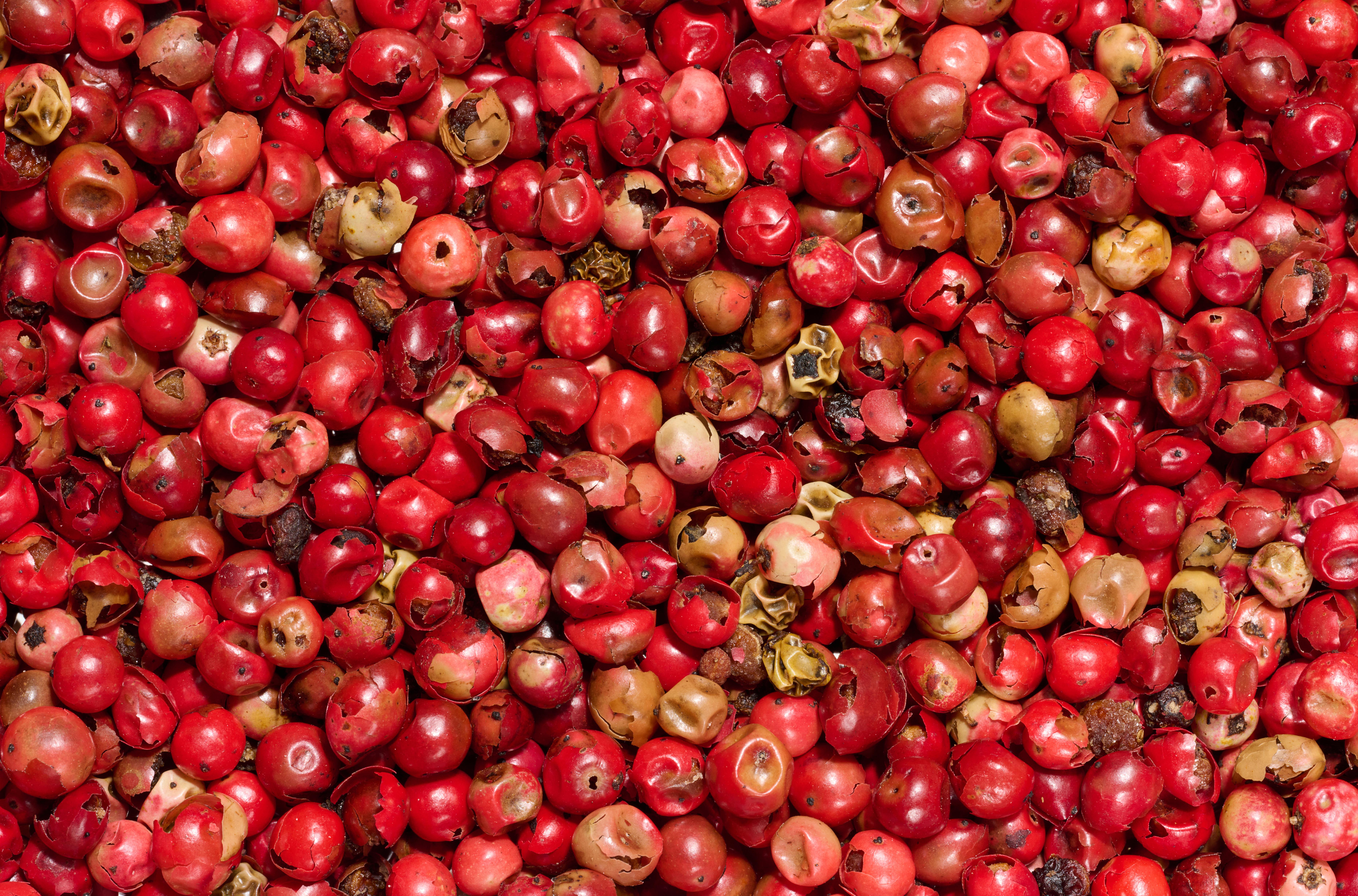
Though not true peppercorns, pink peppercorns bring a lightly spicy, floral warmth to both sweet and savory dishes. Their delicate crunch and subtle heat make them ideal for salads, seafood, or even desserts like chocolate truffles and shortbread. They also make for stunning garnishes. Their flavor is closer to a mix of citrus and berries than classic pepper, and they pair especially well with creamy cheeses or fatty meats. Just a sprinkle can elevate a dish’s presentation and flavor in one go. A spice rack showstopper that deserves real culinary attention.
20. Caraway: The Underrated Backbone
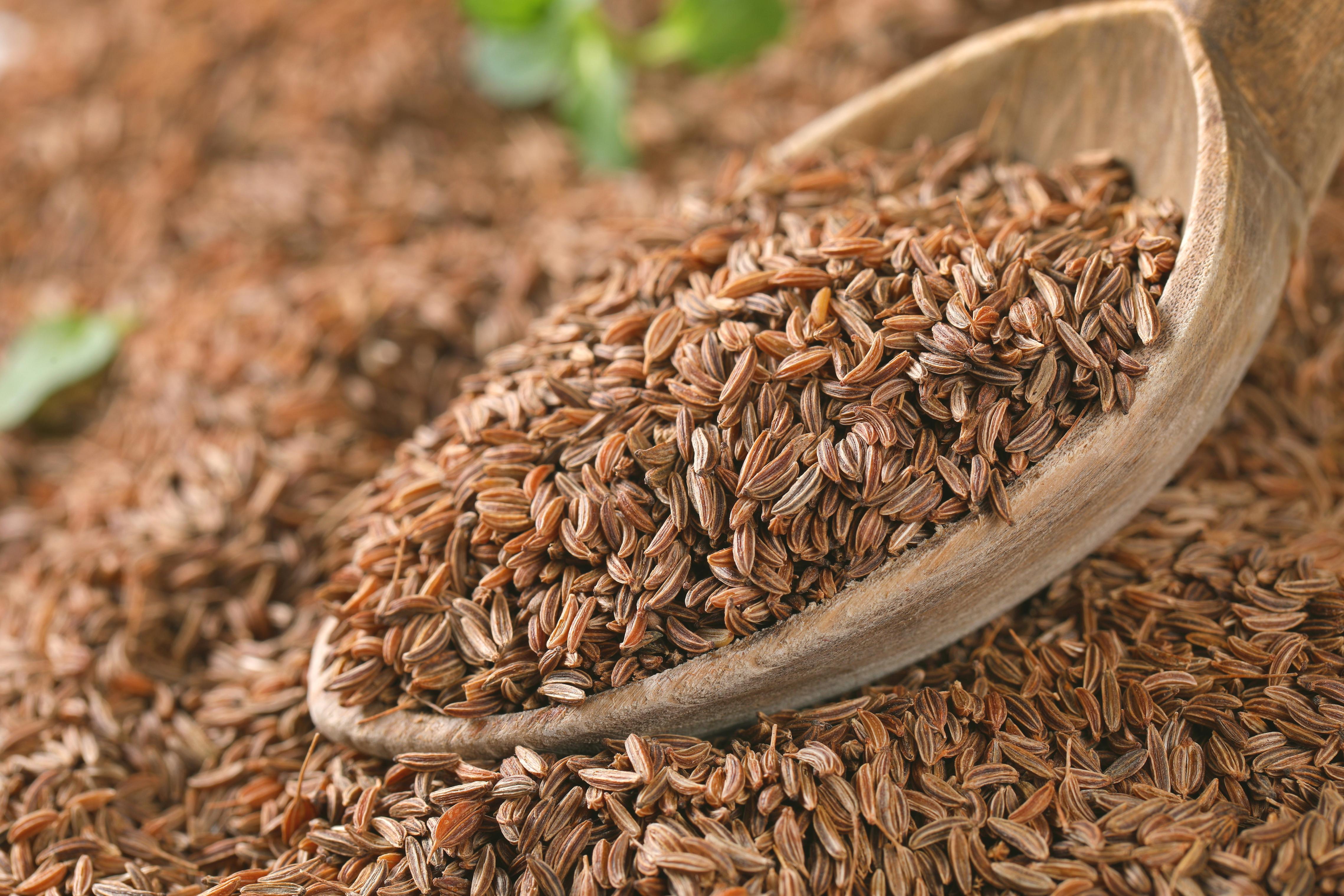
Caraway seeds have a distinct, slightly bitter flavor with notes of anise, citrus, and pepper. While often associated with rye bread and European cuisine, they offer a lot more: caraway enhances roasted vegetables, stews, sauerkraut, and even cheese-based dishes. Its warm, earthy bite can act as a bridge between sweet and savory in unexpected ways. Used whole or ground, caraway also promotes digestion and is often used in herbal teas. If you’ve overlooked it since a childhood brush with rye bread, give it another shot—it’s more versatile than you remember.
21. Maras Pepper: The Balanced Heat from Turkey
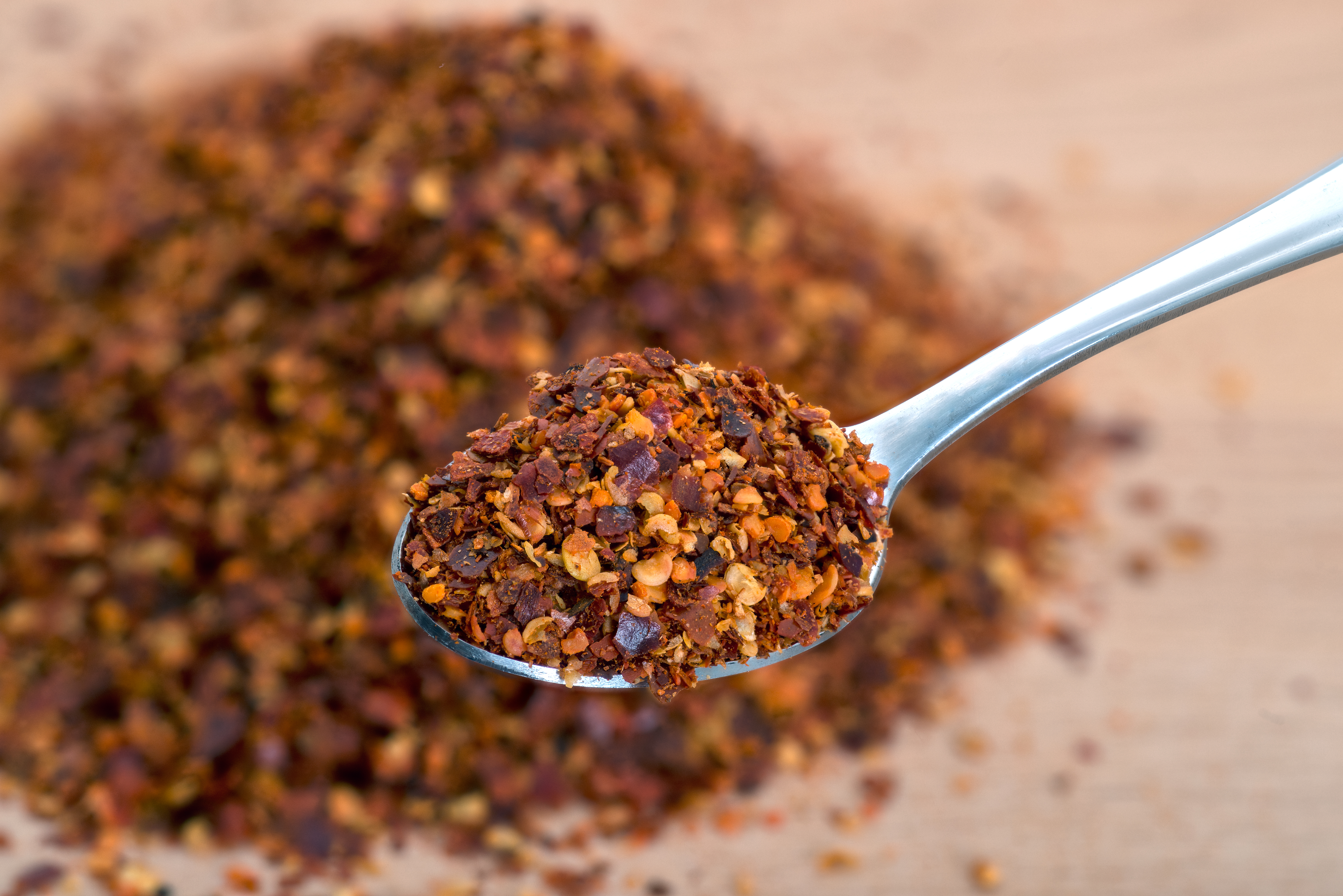
Maras pepper (or Marash pepper) is a flavorful, medium-heat chili flake from Turkey that brings more than just spice—it offers fruity, slightly smoky notes and a naturally oily texture. Milder than crushed red pepper, it's perfect for sprinkling over eggs, roasted vegetables, or even pasta. It’s also ideal in yogurt-based dips or sauces where you want depth without dominance. Its balanced heat makes it a favorite among chefs looking for nuance, not just fire. Think of it as your new go-to chili flake—bold, but not brash.
22. Galangal: The Ginger That Isn’t
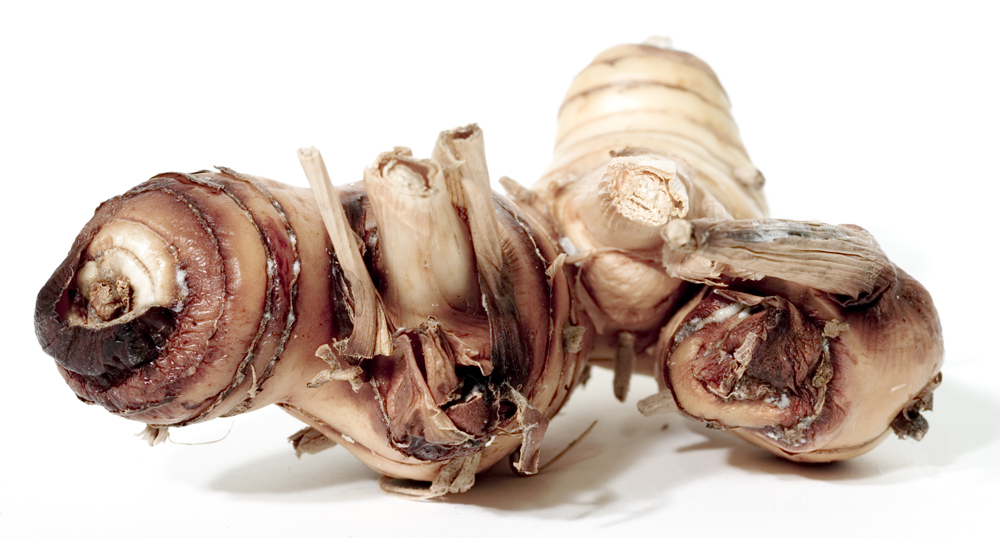
Often mistaken for ginger, galangal is sharper, spicier, and more citrusy. A staple in Thai and Indonesian cooking, it’s essential in dishes like tom yum soup and rendang curry. Unlike ginger’s warmth, galangal cuts with a medicinal freshness that balances fatty meats and creamy broths. It’s also packed with anti-inflammatory benefits. Use it fresh, dried, or powdered—but always sparingly, as its assertive flavor can easily dominate. Galangal adds a distinct Southeast Asian note that instantly transports your cooking to a different continent.
In a world dominated by familiar flavors, it's easy to overlook the quiet brilliance of the spices that don’t clamor for attention—but those are often the ones that transform a dish from forgettable to unforgettable. These 22 underrated spices carry centuries of tradition, healing properties, and bold, untapped potential—all waiting to be rediscovered by curious cooks and seasoned chefs alike. Whether it’s the smoky intrigue of Urfa Biber, the tangy spark of amchur, or the floral heat of pink peppercorns, each offers a passport to new culinary dimensions. By reaching beyond the usual salt-and-pepper comfort zone, you're not just seasoning your food—you’re telling a richer, more daring story with every bite. So stock your spice rack with wonder. Reimagine the familiar. And let your kitchen become a space of bold invention, where even the humblest meal carries the soul of a faraway land. The adventure starts with a pinch.
